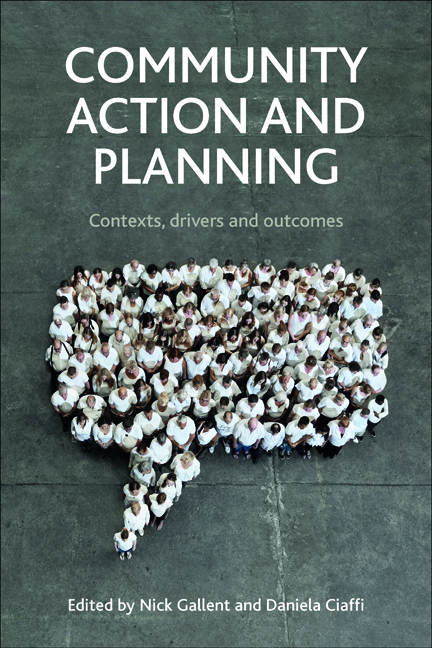7 - Communities, land-ownership, housing and planning: reflections from the Scottish experience
Published online by Cambridge University Press: 04 March 2022
Summary
Introduction
This book's aims include positioning community-based action in different planning and local government contexts, enquiring into the conducive conditions for community-based action and asking how different systems are harnessing communities’ energies and with what effect. To contribute towards these aims, this chapter examines the traditions of activism and empowerment embodied in Scotland's community land trust movement. The movement is particularly significant as it provides a clear alternative to the country's dominant form of individual rural land ownership. Furthermore, the movement is seen as an important means of finding an answer to the ‘land question’, of diversifying ownership of the key resource that underpins rural development. The chapter looks at the Isle of Gigha Heritage Trust as an example of a community land trust, and comments on how it has developed its model of community governance and the forces of power at play. The circumstances that fostered the genesis of the movement are explored and factors behind the success of the movement are examined, looking at both structural issues and fortuitous combinations of circumstance and individual actors. The chapter brings out the reasons why community land trusts have significance in both debates in the literature and debates on the direction of policy.
The focus in this chapter is on rural places, the locus in the pioneering work of Tönnies (1887) for the existence of gemeinschaft or community, which he characterised as a grouping based on feelings of togetherness and mutual bonds. Since this conception, as alluded to in the introductory chapter of this book, there has been and continues to be persistent interest in its (re-)definition. Thus, a concern of the Chicago school of sociology was seeing community as a specific model of social organisation and searching for its structural features. Cohen's (1985) work takes a somewhat different perspective, arguing that in themselves structures do not give meaning (such as togetherness) to people. Rather, he argued that community is better understood as a system of values, norms and moral codes that provides a sense of identity. As such, community is symbolically constructed.
- Type
- Chapter
- Information
- Community Action and PlanningContexts, Drivers and Outcomes, pp. 117 - 130Publisher: Bristol University PressPrint publication year: 2014



